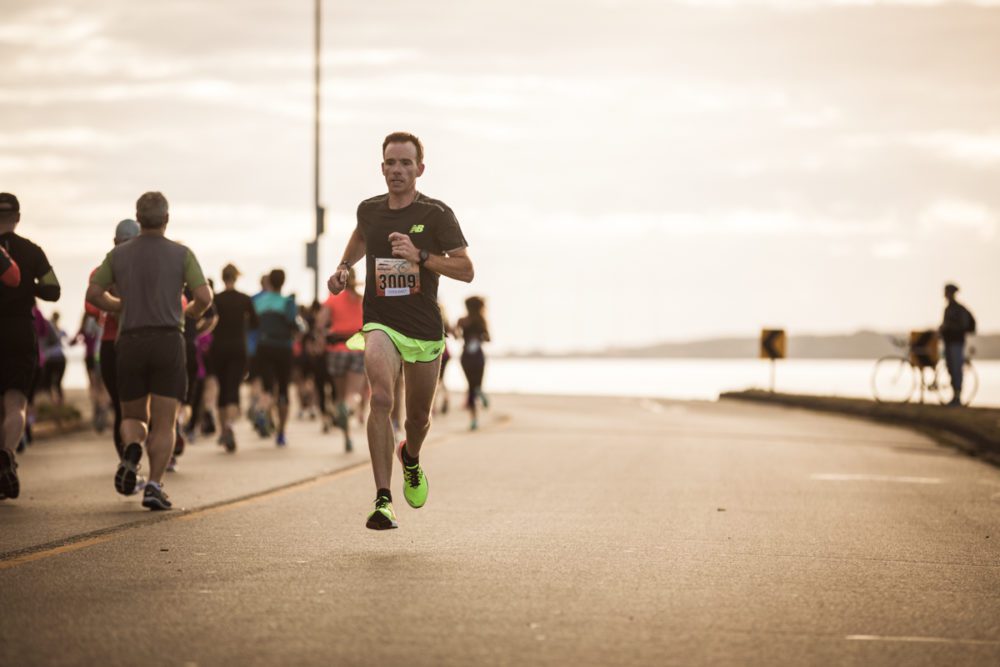Long run recovery: how long does it take?
Reid Coolsaet answers all of your long-run-related questions

The long run is a staple of every runner’s weekly routine. It’s designed to help runners get accustomed to spending 42.2K on their feet. The long run is certainly the hardest part of most runners’ weeks, so how long should you be recovering afterwards? And when is it beneficial to run on tired (only semi-recovered) legs?

RELATED: Female masters marathoners are the new cohort of elites
Reid Coolsaet is Canada’s fourth-fastest marathoner and a two-time Olympian in the event who has now added coaching to his plate (he’s currently working with fellow Olympian Krista DuChene). He says there are two kinds of long runs that he works into this build: the easy long run and the hard long run.
“When I used to do a seven-day cycle, I’d do my long run on Saturday, Sunday would be an easy day and Monday would be a hard day again. So I’d only take one day of recovery.” Those long runs were never at a fast pace, though, always roughly a minute and 10 seconds slower than his marathon pace and be anywhere from 25 to 35K in length.
The other kind of long run, the more traditional of the two, is the workout-style long run. “This is a run where I’m pushing the pace, and I take two days recovery after this kind of workout.”
https://www.instagram.com/p/B9urGkqn1gO/
RELATED: What Reid Coolsaet eats in a day
When you should be running on tired legs
Coolsaet says that tired legs are a part of marathon training. “Run your workouts, especially during those middle weeks of a marathon build, on tired legs. The warmup feels tough, but once you get going, you should be able to execute.” He jokes that you shouldn’t let the warmup discourage you. “There have been many times when I didn’t think I had a hope in hell of finishing the workout based on the warmup.”
Running on tired legs is how runners get comfortable with being uncomfortable–it’s the most sustainable way to accumulate fatigue. “Because you’d never run 42.2K at race pace ahead of the race, this cumulative fatigue in your legs is the whole point of the build.”
https://www.instagram.com/p/B7GfSK6Ho7v/
RELATED: Week three of Sage Watson’s killer plank routine
Red flags
While running on tired legs is part of training, overdoing it is also possible. Coolsaet says that runners should monitor workouts, and if they’re unable to settle into a pace or hit the desired times, it’s time to reassess.
“Warmup can feel bad, but you should still able to hit the paces you want to. If you can’t, then you’re either running too hard on easy days or you’re running too much.” He recommends scaling back distance and pace or increasing the days between workouts. “It’s a fine balance. It’s normal to feel really tired during marathon training, but you want to make sure you’re digging a hole you can get out of. If you dig too deep, then you see decreases in performance.”

